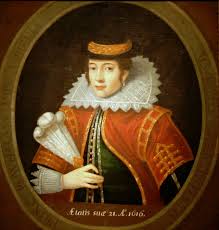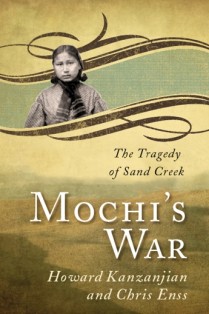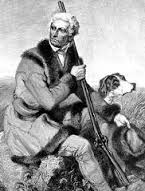Introduction
“A cemetery is a history of people – a perpetual record of yesterday and sanctuary of peace and quiet today. A cemetery exists because every life is worth loving and remembering – always.”
– William Gladstone, Prime Minister of England – 1890
In the mid 1800s, courageous pioneers ventured across the rugged plains to start a new life. The weathered tombstones and worn out crosses that dot the trails from Independence, Missouri to San Francisco, California represent the brave souls who passed away traveling across the wild frontier. Many who made the arduous journey died from disease, starvation or the inhospitable elements in an unfamiliar land. Some died violent deaths from gunfights and lawlessness often associated with the untamed West.
Emigrants were often too busy with day to day survival to spend the time and effort to create cemeteries. Family members and friends were buried where they fell. Most of the head boards of Indian scouts, wagon masters, business owners, soldiers, women, prospectors and children have since then toppled over and in some cases all that remains is a sun scorched piece of wood, teetering on the edge of a grave.
Many of the markers that still stand and are still legible don’t often tell the story of the remarkable, dedicated, outrageous and sometimes notorious people who made a lasting impression conquering the new frontier. In many cases, the manner of their deaths and odd details of their impromptu funerals are as interesting as the lives they led.
For instance, many people have seen Buffalo Bill Cody’s grave on Lookout Mountain in Golden, Colorado, but many do not know that shortly after Cody’s death the Governor of the state dispatched a World War I tank to the site to protect his remains.
Whether or not they were famous, how pioneers were treated after they passed is worthy of note. Settlers who died on the trek west were generally wrapped in material or blankets and then buried. The wooden flanks that lined the bottom of wagons were occasionally used to make crude caskets. Rocks were piled high over the grave to prevent wild animals from getting to the remains. Surviving settlers rolled wagons over the top of the graves to conceal the plots from vengeful Indians. Family members drove away from the burial site with particularly heavy hearts.
Not only had they lost a loved one, but the chance that they would ever be able to find and visit the burial site again was slim.
When western towns like Sacramento, Tucson and Denver were established graveyards and proper burials became standard. Coffins were made with rough boards and lined with white cloths. In small mining burghs, friends and family carried the coffin to the cemetery. In larger towns the casket was placed in a black, horse-drawn vehicle complete with glass sides and decorated with elaborate carvings and brass ornaments. The deceased was driven to their final resting place by a team of six horses. A member of the clergy would offer a few words about the departed and lead those gathered in prayer.
The undertaker usually made the wooden markers placed at the graves. Granite or marble tombstones had to be ordered from major cities like Kansas City, San Francisco, or Denver, and the inscriptions were scrawled across the front before they were sent back to the families. The process took three to six months to complete. From time to time the stone would be returned with the name misspelled or key information omitted. Given the cost and time spent, the stone was used regardless of the mistake.
Included in this volume are a few of the interesting tombstone inscriptions, unusual burial places, and strange circumstances surrounding some well known western heroes and frontier characters. While there are many compelling tales behind the tombstones, the head boards included in this tome were chosen as the most fascinating and least told.
Many visitors standing over the burial plots of legends like Lotta Crabtree, Doc Holliday and Lola Montez, or lesser known pioneers like Old Joe or Sheriff David Douglass, wonder where the occupant of the grave was when they met their maker, their course of death, or who witnessed their last words. Tales Behind the Tombstones answers those queries and serves as a guide through the hallowed grounds where today one can visit the markers of pioneers, bad guys, missionaries, teamsters and lawmen of the Old West.







